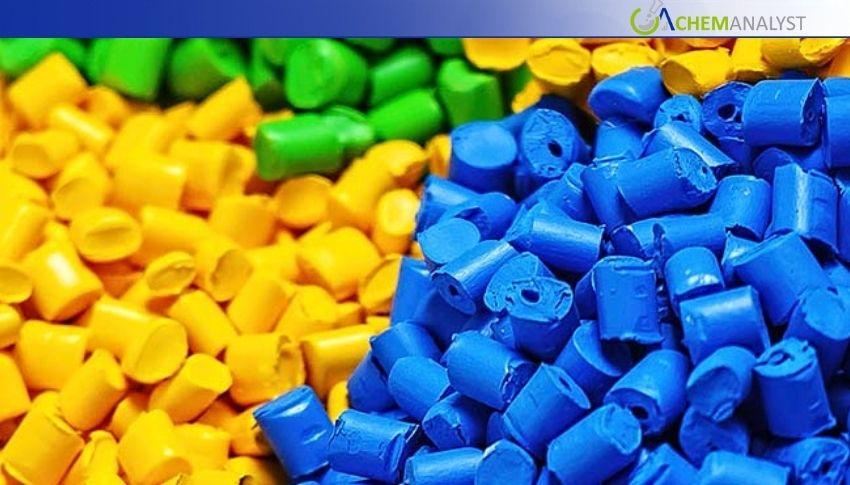Welcome To ChemAnalyst

The Vietnamese Polypropylene (PP) market showed relative stability on 18th July 2025, with prices remaining high. This was mainly due to uncertainty in trade conditions, which caused suppliers to raise prices previous week. Supply was moderate even with a surge in exports from South Korea in June 2025, which kept prices from rising significantly.
The recent rise in prices mainly came from a new three-tier tariff structure on PP introduced by Vietnamese authorities. The new tariff includes 0% under the Special Preferential Import Tariffs for countries with Free Trade Agreements (FTAs) with Vietnam, such as ASEAN, China, South Korea, Japan, Australia, and India; 3% under the Preferential Import Tariffs for Most-Favoured-Nation (MFN) members; and 5% under Ordinary Tariffs for non-MFN countries.
This policy change followed a petition from major PP producer Long Son Petrochemical (LSP). Effective July 8, the updated tariff aims to limit the influx of low-cost imports, particularly from Southeast Asia and East Asia, including China, and to support domestic producers as demand rises. This shift followed years of investigations and lobbying by LSP, which reported ongoing financial losses due to cheap imports since 2023.
Even with ongoing inventory backlogs, uncertainties in trading conditions led domestic suppliers to slightly increase prices. Notably, South Korea’s PP exports to Vietnam jumped from 13,962.3 MT in May 2025 to 22,825.9 MT in June 2025, a sharp 63.5% increase that intensified competition in the Vietnamese market which continued to undercut domestic producers.
Across the broader, Southeast Asian market, PP production remained limited. Operating rates dropped in major producing countries like China and South Korea, leading to tighter inventory circulation and supporting price increases across the region, including Vietnam. Market data showed that China’s domestic PP output that week was 770,100 tons, down by 3,600 tons from the previous week, marking a week-on-week decline of 0.47% and contributing to a slight supply shortfall.
On the demand side, market activity was inconsistent. The PP buyers focused on reducing inventory and resisted price hikes. However, some improvements were seen in the construction and automotive sectors.
Meanwhile, demand from Vietnam's plastic sector remained mostly weak. The average operating rate in domestic PP downstream industries, like plastic weaving, injection molding, BOPP, PP pipes, non-woven fabrics, CPP, transparent PP, and modified PP, fell by 0.14 percentage points, settling at 48.64%, putting further pressure on demand.
Overall, PP prices are expected to show a bullish trend across Southeast Asia, including in Vietnam, as trade policy uncertainties encourage buyers to return to the market to secure inventories. This is further supported by planned plant maintenance during the monsoon season, which usually leads to tighter regional supply and upward price momentum.
We use cookies to deliver the best possible experience on our website. To learn more, visit our Privacy Policy. By continuing to use this site or by closing this box, you consent to our use of cookies. More info.
